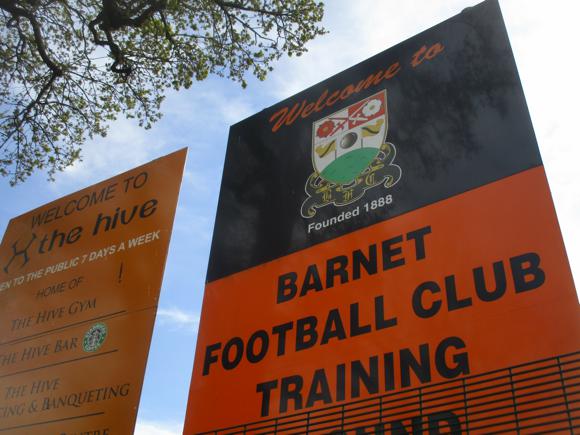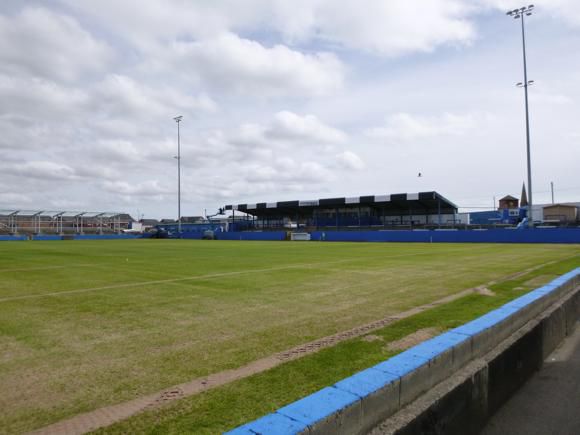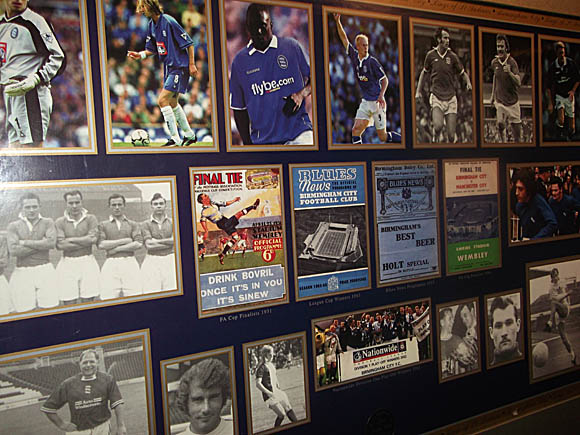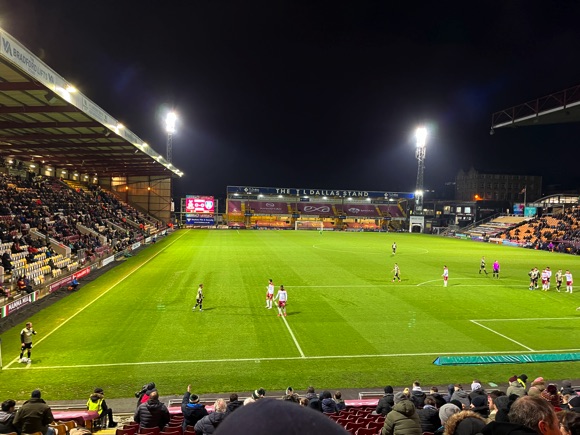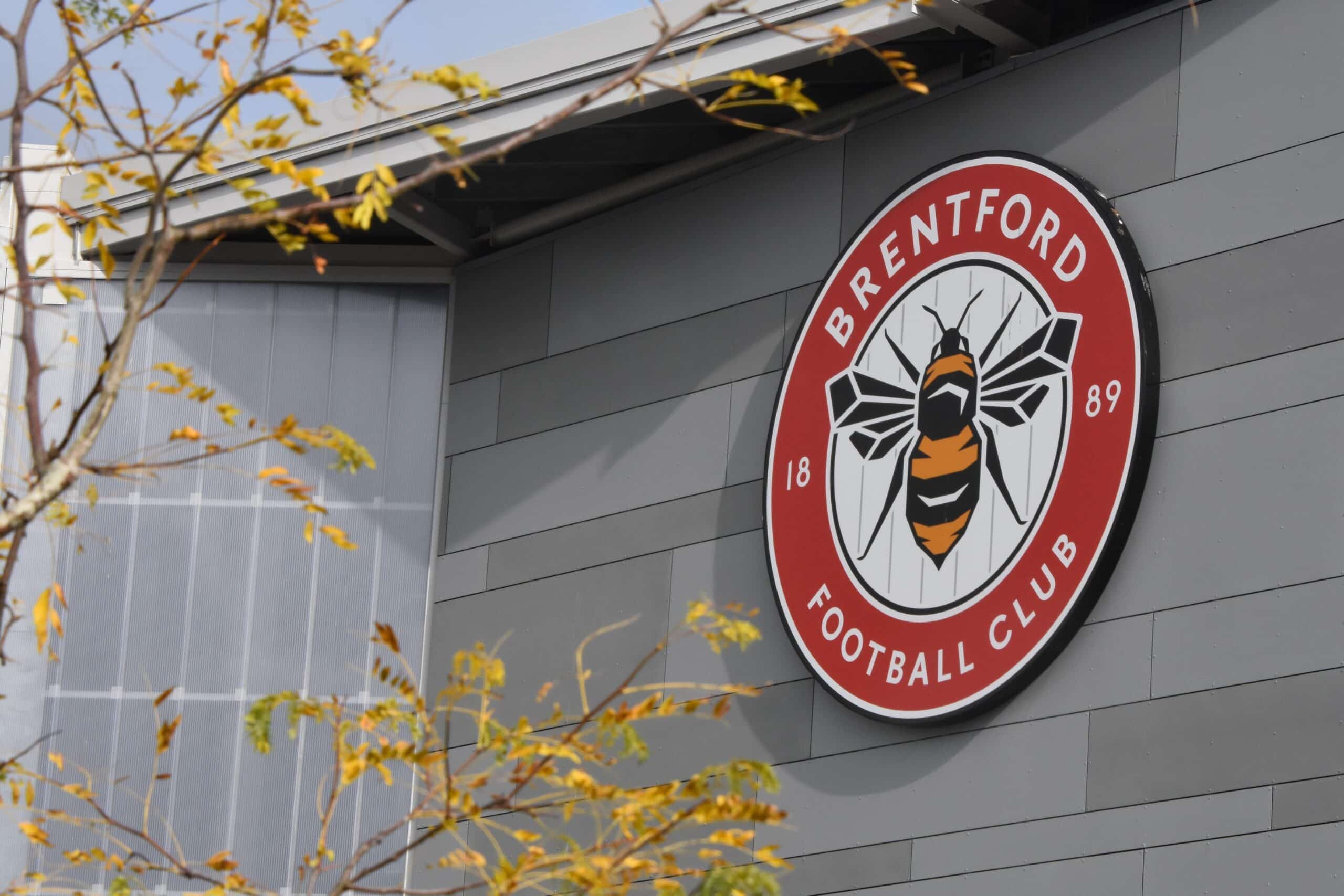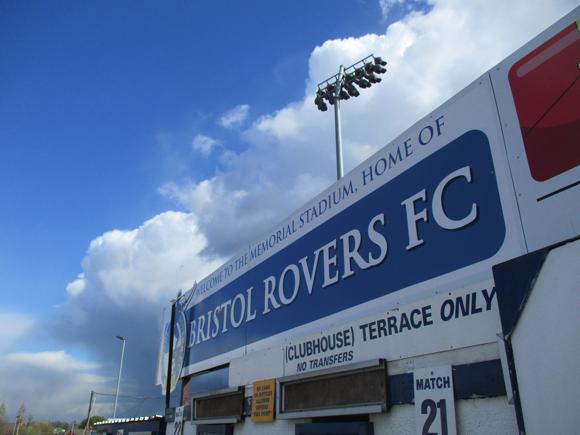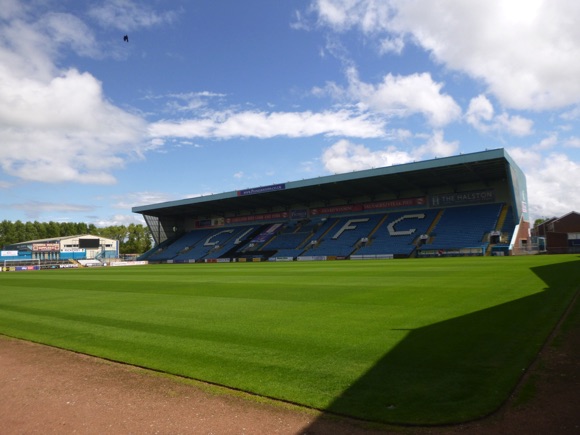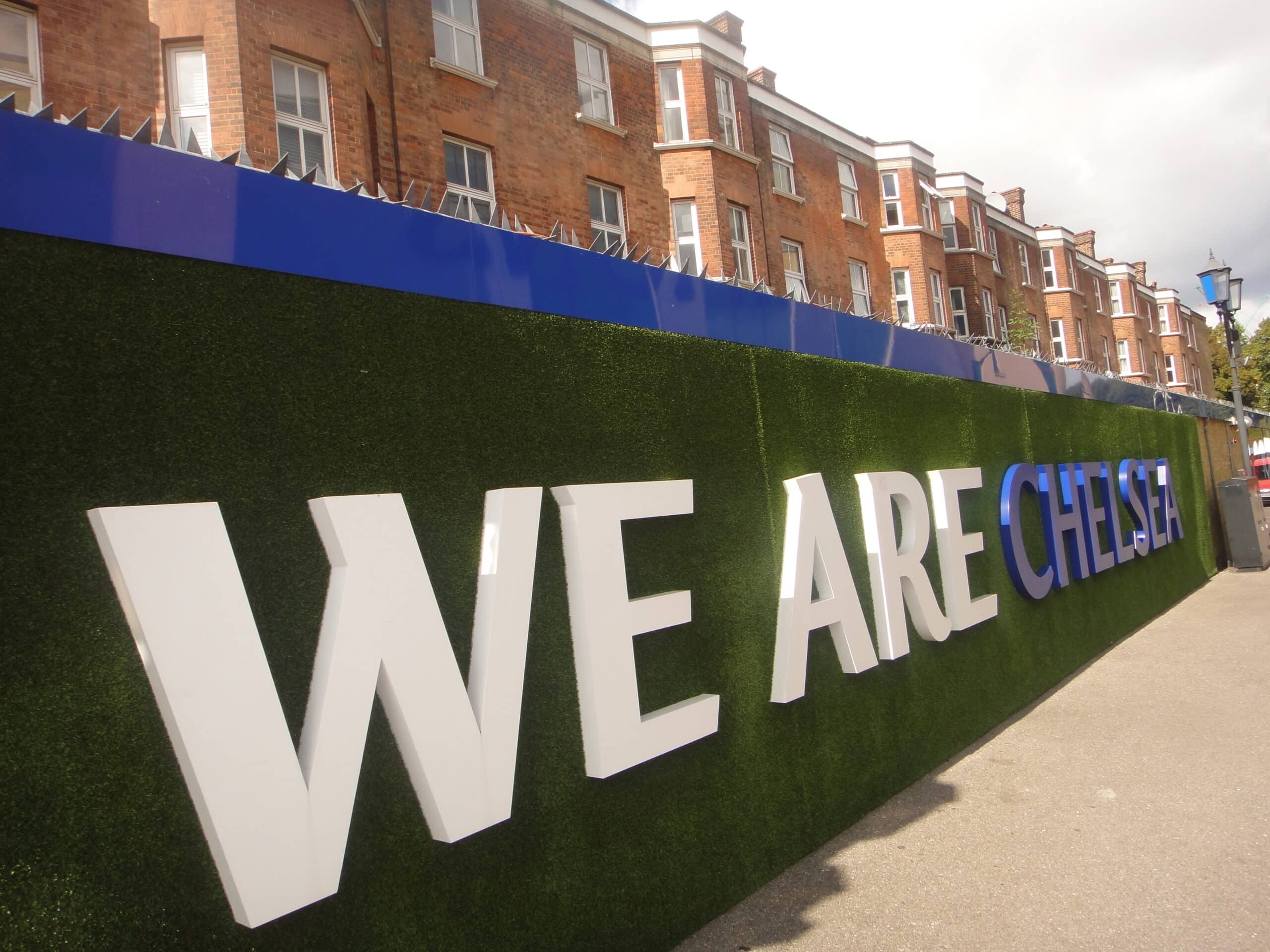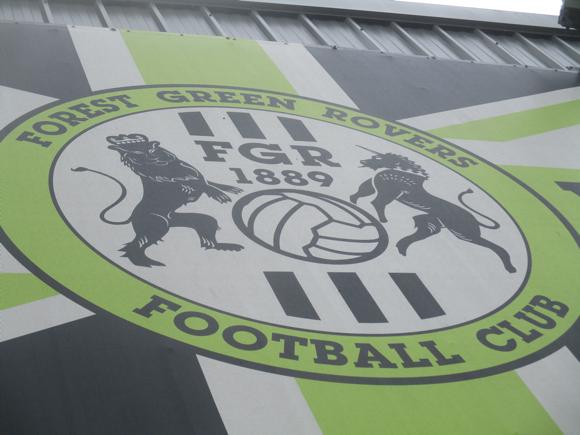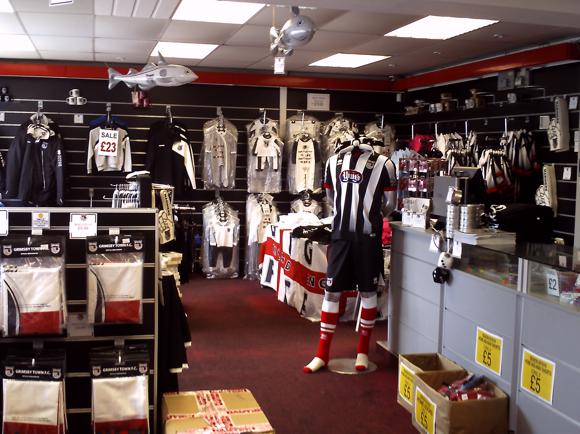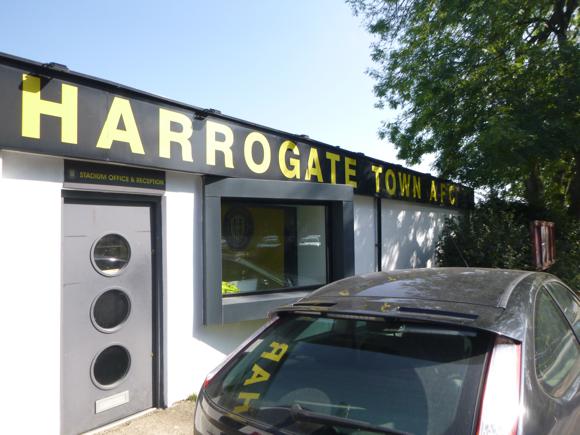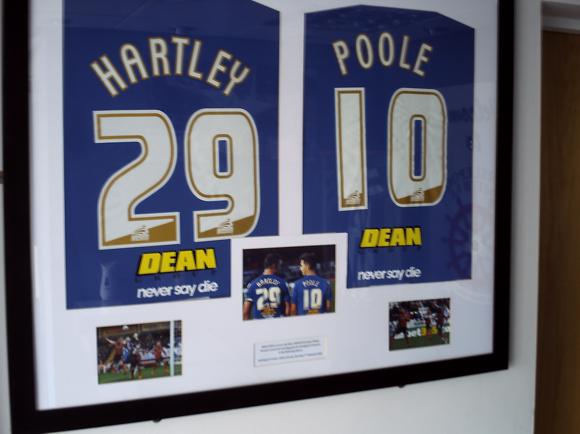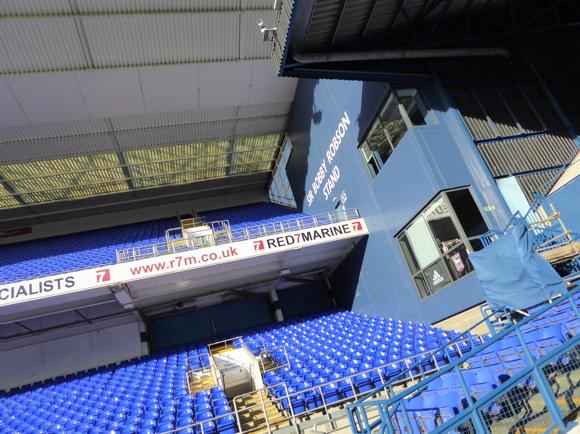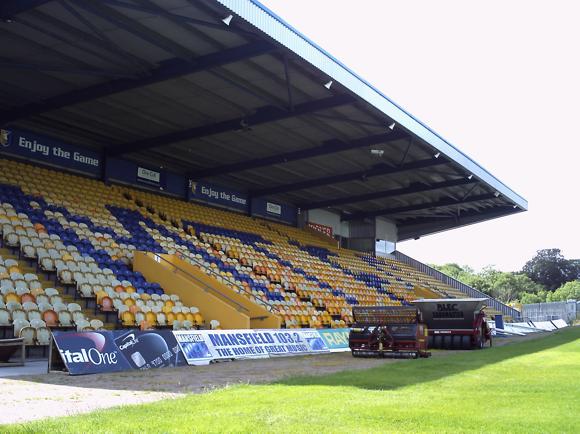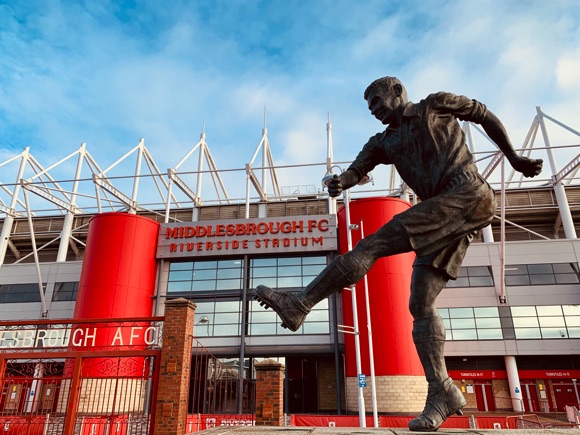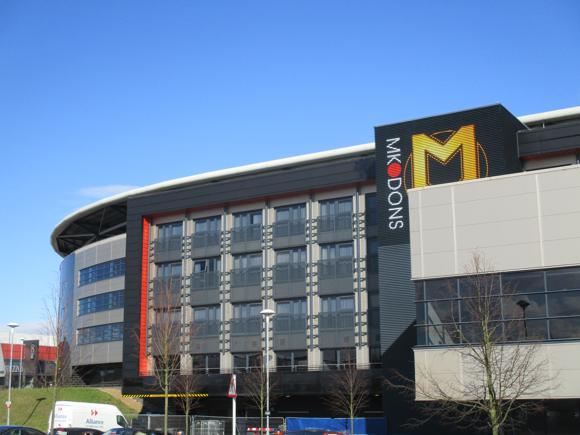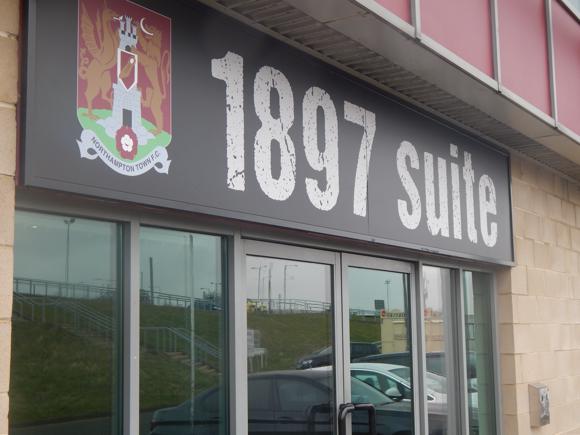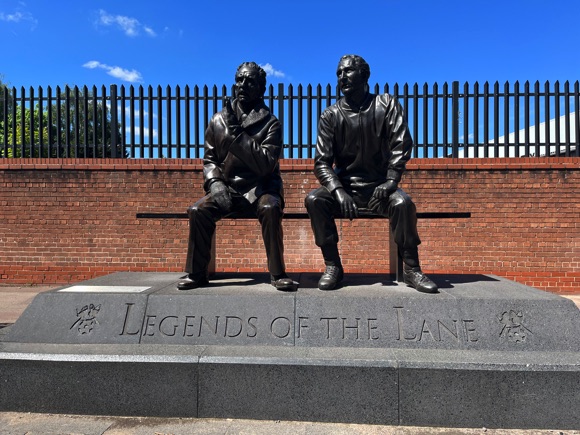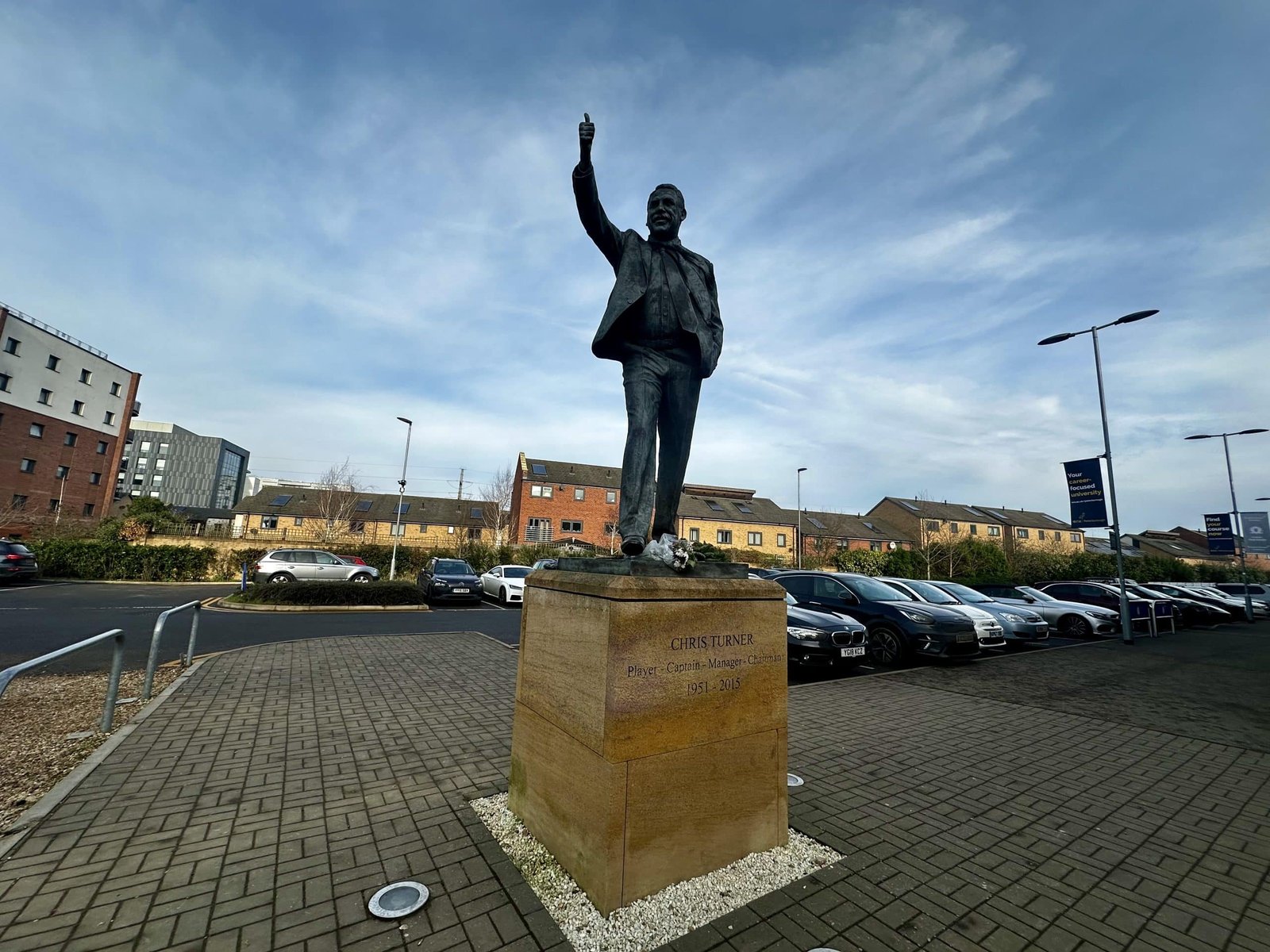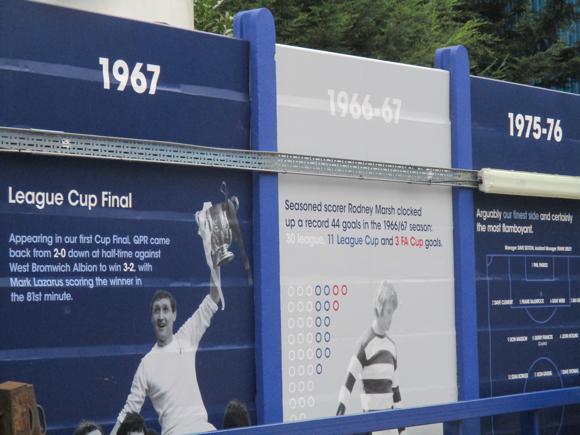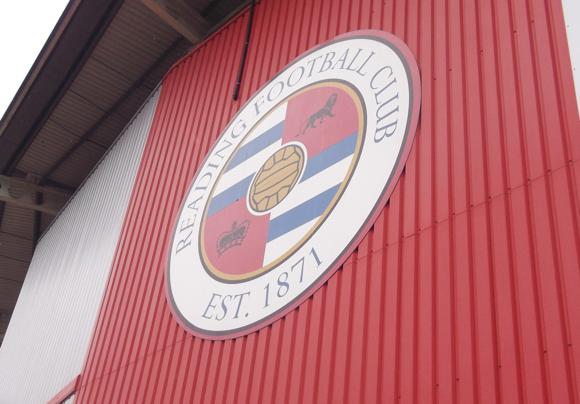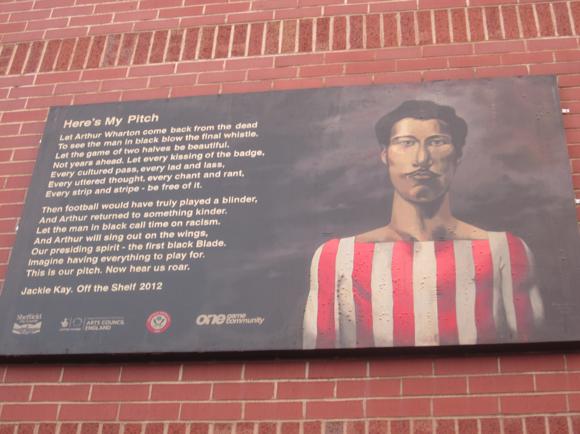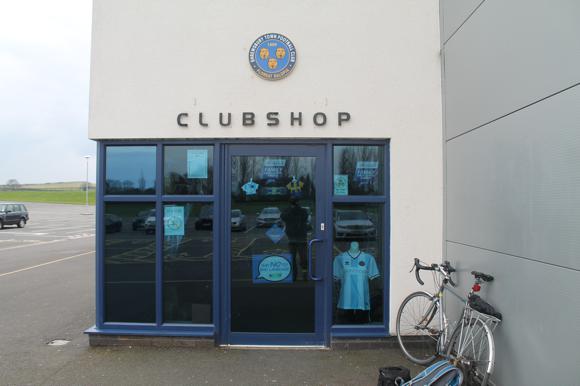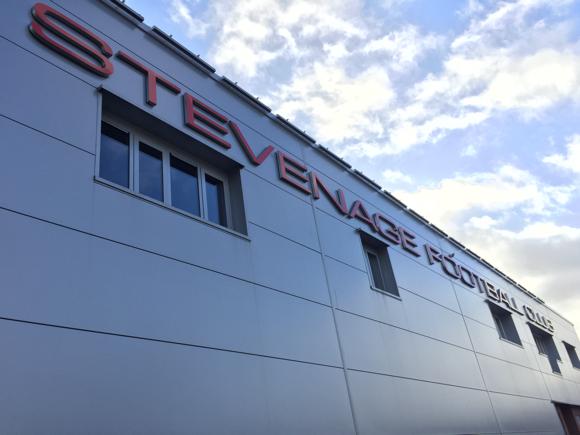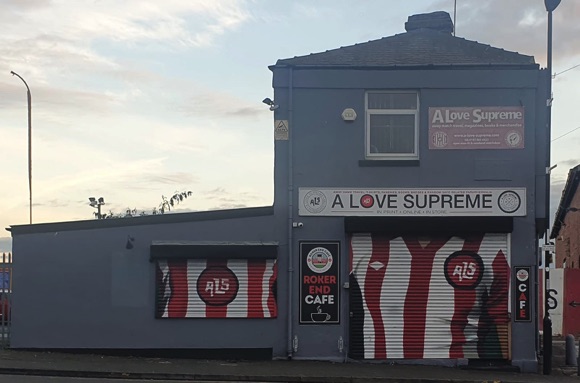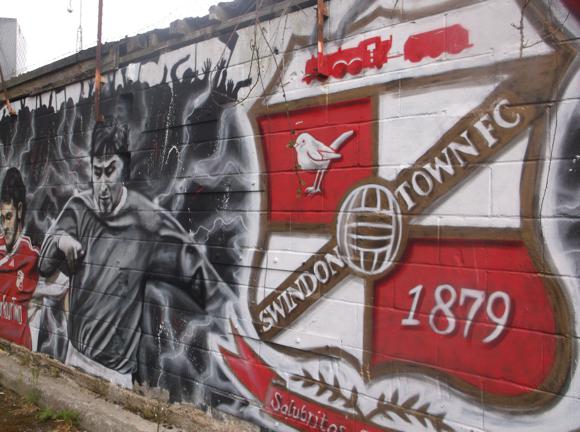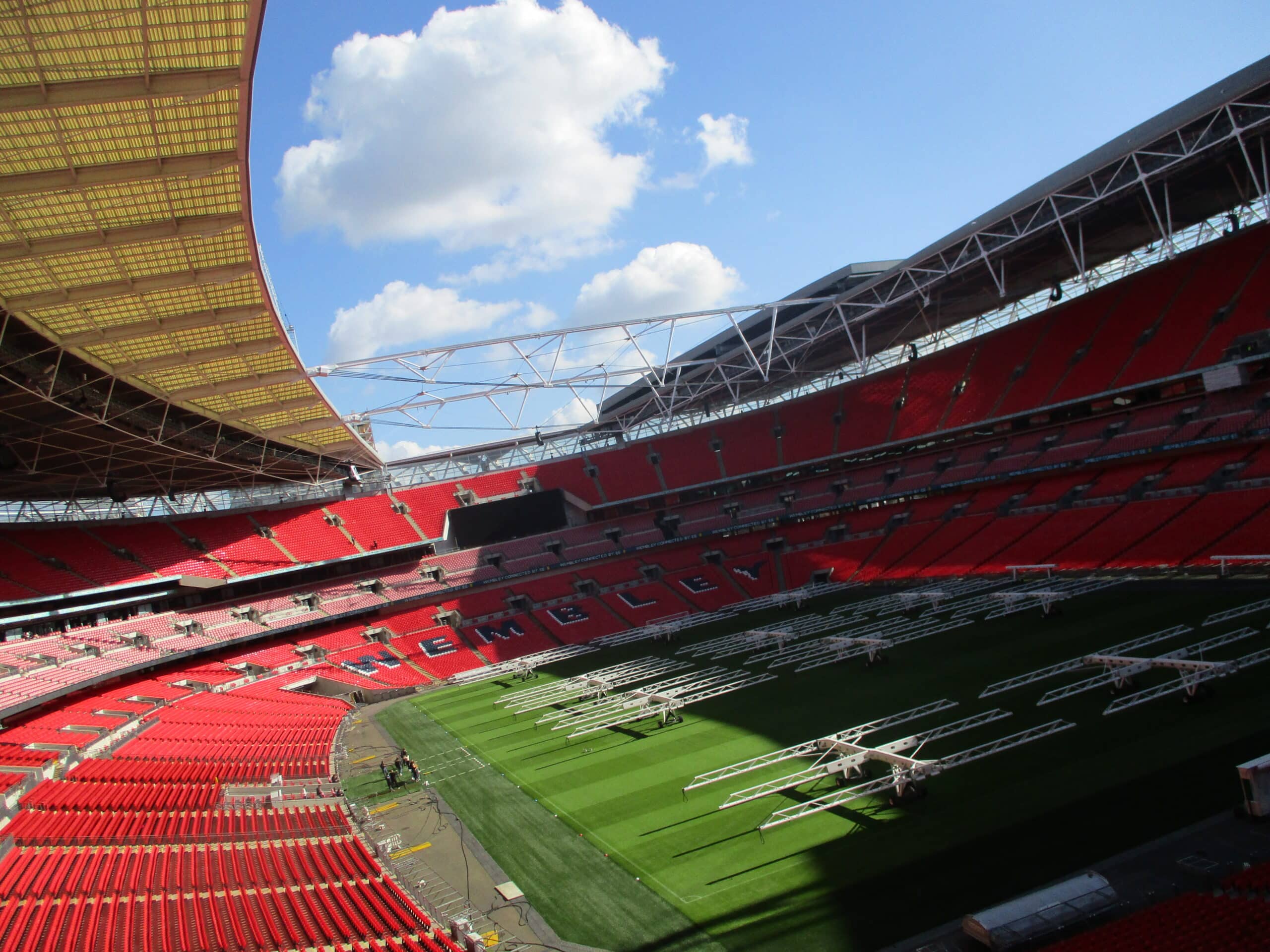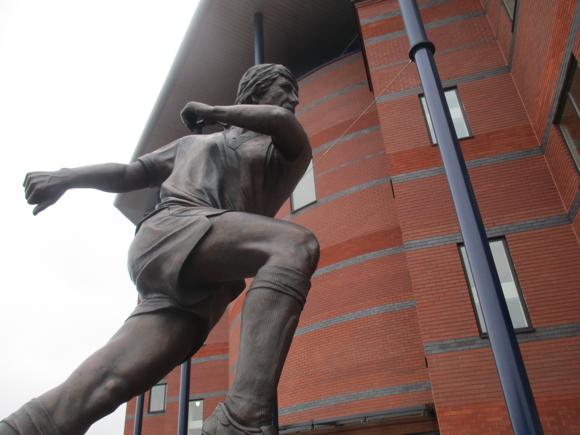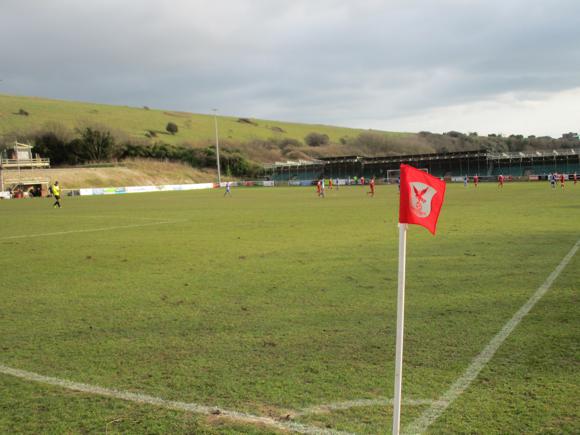A fan’s guide – the club from early doors to today
Forever associated with the John Beck side that came within two games of the Premier League in 1992, Cambridge United gained promotion to League One in 2021, led by a locally born former assistant coach and a dedicated owner who spent his boyhood Saturdays getting the bus to see the U’s play in the Southern League.
From foundation as Abbey United in 1912 to attaining League status as Cambridge United in 1970, the club gradually rose through local and regional football to win back-to-back Southern League titles under Bill Leivers. The former stalwart Manchester City defender then led the U’s into the Fourth Division, gaining promotion along with another League newbie, Hereford United, in 1972-73.
First under Ron Atkinson then John Docherty, United won consecutive promotions in 1977 and 1978 to reach the Second Division – and, for a while at least, stay there – but it was John Beck who pushed the U’s to untold heights. Assistant coach to Chris Turner, Beck took over in January 1990.

The football wasn’t pretty, but motivated players and a route one approach combined to shoot Cambridge from the Fourth to the Second Division play-offs within three seasons, twice making the quarter-final of the FA Cup. Star of the show was Dion Dublin, a likeable, bullish centre-forward converted from a centre-half, who made a habit of scoring vital goals. It was his extra-time finish that helped the U’s beat Maidstone in the Fourth Division play-off semi-final in 1990, his solitary late winner ten days later that was the first goal in a Wembley play-off final.
In 1991, it was Dublin who scored the only Cambridge goal at Highbury as Arsenal nudged ahead 2-1 in the FA Cup quarter-final. Weeks later, United won the Third Division. A year later, they reached the play-offs for the inaugural Premier League. Holding Cambridge to 1-1 at the Abbey Stadium, Leicester had far too much for Beck’s boys at Filbert Street and were 5-0 up just after the hour.
Beck’s demise matched that of Cambridge, who sank back to the Third. His return in 2001, after a short revival under Roy McFarland, wasn’t a particularly successful one. He left halfway through the 2001-02 campaign.
The writing was on the wall. Cash-strapped Cambridge almost hit the skids in 2005, when a double-whammy of relegation from the Football League and huge tax debt nearly sank the club. Forced to sell the Abbey Stadium, the U’s survived but would spend nine seasons in the Conference.
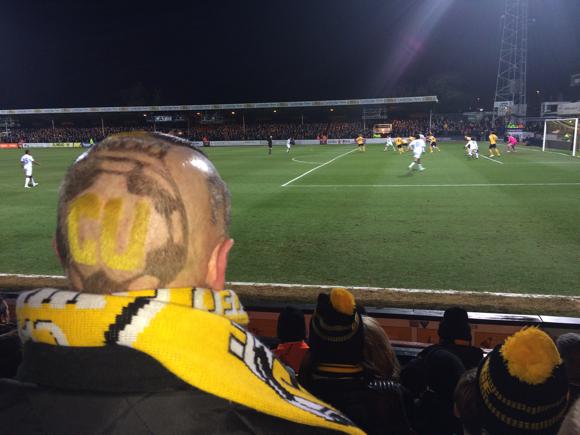
Under Jimmy Quinn, United reach the Conference play-off final in 2008, losing by a single goal to Exeter in front of 42,500 at Wembley. The following year, with Gary Brabin at the helm, Cambridge just lost out on automatic promotion then went down to ten-man in the final against Torquay, 2-0 winners on the day.
Boardroom bedlam failed to keep Brabin in place. The arrival of the motivational Jez George, a passionate campaigner for youth development in football, started the so-called Jezolution at the Abbey Stadium, of realistic wages and rising attendances. It led to another play-off final, this one successful, man-of-the-match Ryan Donaldson providing a second goal to finish off his former employers Gateshead in a tight 2-1 win for the U’s.
Cambridge were not only rewarded with a return to the Football League but an FA Cup tie against Manchester United the following January. Nearly 8,000 packed into the Abbey Stadium to see the heroics of U’s goalkeeper Chris Dunn take the tie to a replay. At Old Trafford, in front of 74,500, an early strike from Tom Elliott came within a post of giving the visitors a shock lead. Soon the £230 million gulf in class told, and the 6,600 Cambridge fans went home proud that the scoreline had been kept to 3-0.
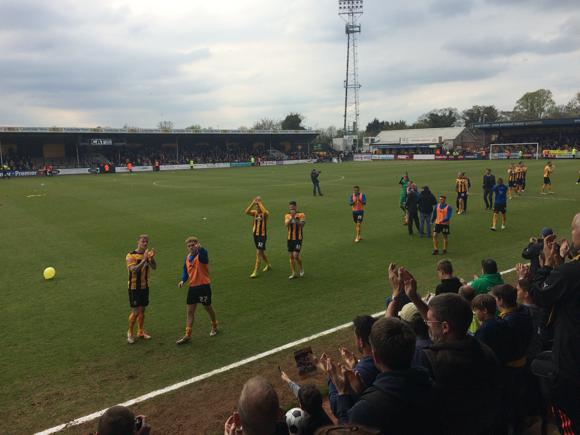
Revitalised under Shaun Derry, the U’s hit top form in December 2016, scoring five at Hartlepool and four at home to Coventry in the FA Cup, all four coming from Cambridge-born Luke Berry. Form then dipped and League One became as distant as ever – in fact, League survival was threatened by 2018-19.
Behind the scenes, though, significant moves were afoot. Coaching assistant Mark Bonner, who had joined the club’s academy in his mid-twenties, and returning chairman Paul Barry, a lifelong fan, were taking on more responsibility. In January 2020, a certain Paul Mullin scored a couple of vital goals in Tranmere’s FA Cup run. Soon afterwards, he had moved to Cambridge on loan.
Once this arrangement became permanent before the 2020-21 campaign, extraordinary things happened. While travel mogul Barry attracted US investors to pump more money into the club and Bonner revelled in his managerial role while still in his mid-thirties, Mullin couldn’t stop scoring. A hat-trick was followed by a brace, then another brace, then another, then a hat-trick… by the end of the season, despite United wobbling in December, the Liverpudlian had become the highest goalscorer in the history of League Two and fans named a stand after him at the Abbey Stadium.
Despite the U’s’ automatic promotion, Mullin was inexplicably lured away to non-league Wrexham. Joe Ironside, another prolific factor in the 2020-21 success, duly stepped in to notch vital goals as Cambridge set about their first third-tier campaign for two decades.
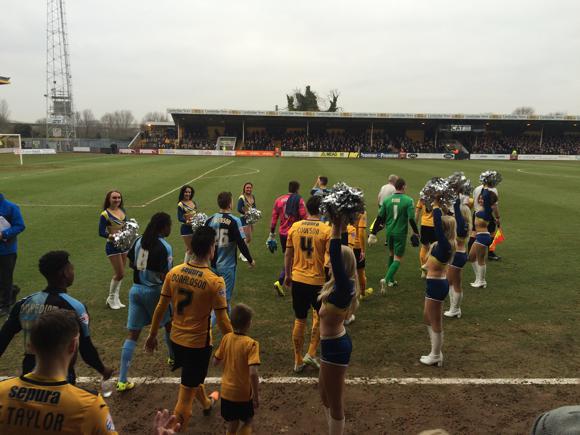




Ground Guide
The field of dreams – and the stands around it
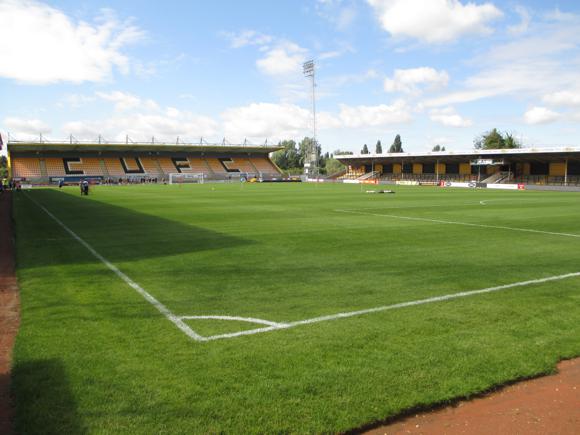



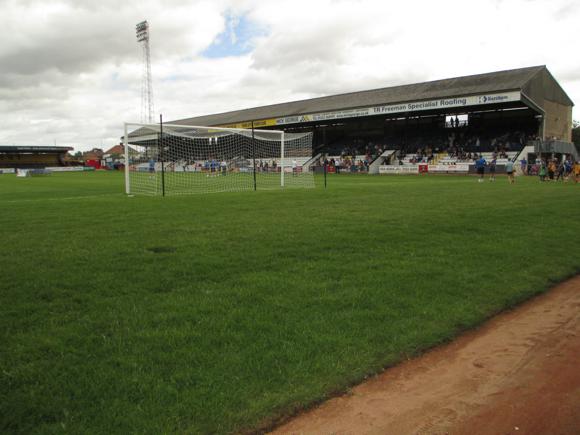



Half-terrace and half-seated, the Abbey Stadium has been the club’s home since the 1930s. Sold in 2004, its future looked in doubt but sterling work on the part of Cambridge Fans United has help reduced the rent and even allow for development to be planned. After several sponsors lent their various names to the ground, current ones Grosvenor Estates laudably waived their rights to any rebranding.
Home fans stand under cover in the Newmarket Road End. Opposite, visiting supporters probably have the best seats of all in the South Stand, slightly set back for a perfect view – although they have to cross a cowfield and cattle grid to reach the ground. Away fans may also be allocated the north sector of the Habbin Terrace.
The D&A Main Stand is partly given over to families while vocal home support fills the Habbin Terrace opposite.
Most of the ground is covered. Capacity is 9,600, almost half of that seated.
getting there
Going to the ground – tips and timings

Stuck out on the Newmarket Road east of the centre, the Abbey Stadium is walkable from town – Newmarket Road runs from the end of bar-lined King Street – but a real trek from the train station.
Fortunately, the Stagecoach East citi 3 bus links the two, running from stop 7 outside the station to Newmarket Road/Ditton Walk, via town, total journey time 20mins. It runs every 10mins Mon-Sat daytime, every 30mins evenings & Sundays.
Note that the traffic along Newmarket Road is horrendous post-match – it might just be best walking back into town and getting any bus to the station from Busway New Square/Emmanuel Road.
The sat nav code for the Abbey Stadium is CB5 8LN. There is no parking at the stadium on match days. The club advises motorists to use the Park & Ride service (£2.50 return) every 10mins to Newmarket Road, which leaves from stop D1 at Drummer Street/Emmanuel Street in town and calls at Ditton Walk close to the ground. The free P&R car park (CB5 8AA) is by the ice arena, a 10-15min walk to the stadium along Newmarket Road.
getting in
Buying tickets – when, where, how and how much
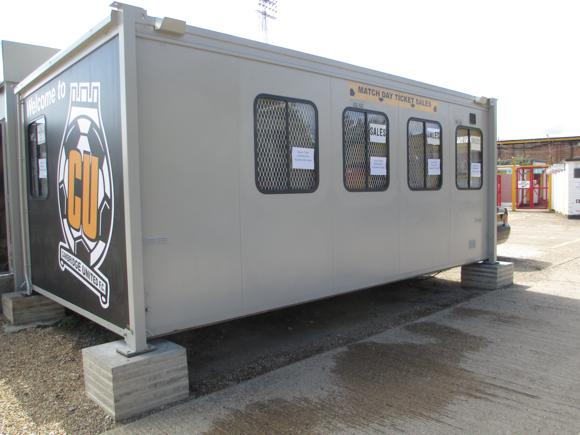
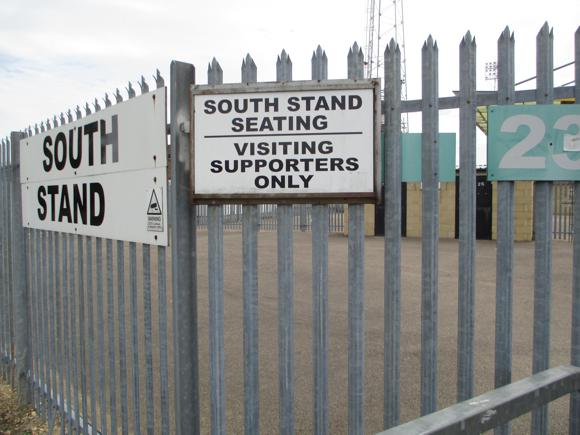
Tickets are generally available for half-a-dozen home games in advance.
The ticket office (currently Tue & Thur 9am-2pm, match days) is beside the club shop on Newmarket Road. There are also phone sales on 01223 566 500 (option 1) and purchases online.
Match-day sales, usually £2 extra, are from the ticket office. Seats in the Main Stand, dearer in central blocks C and D, are otherwise priced at £22-£24, £17-£20 for over-64s and 18-23s. Under-18s are charged £10-£18, under-12s £5. Away fans seated in the South Stand pay £24, seniors/young adults £20 and under-18s £18. To stand in the Newmarket End or on the Habbin Terrace is £18, seniors/young adults £14, under-18s £8, under-12s £5.
what to buy
Shirts, kits, merchandise and gifts

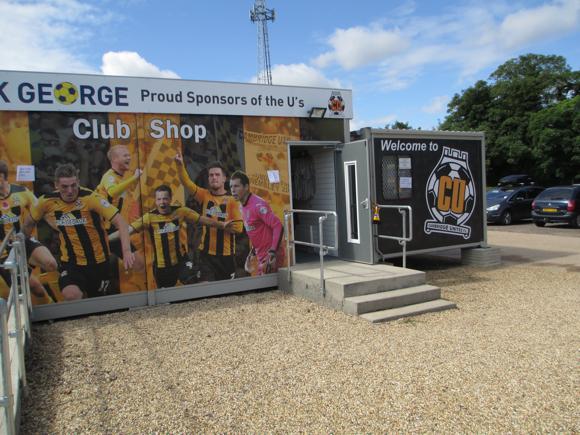
The club shop (currently Tue & Thur 9.30am-3.30pm and match days) at the Abbey Stadium is on Newmarket Road, with a city-centre outlet on the first floor of the Grand Arcade (St Andrew’s St, Mon-Fri 9am-6pm, Sat 9am-5pm, Sun 11am-5pm).
The familiar amber-and-black shirts are laid out in unfamiliar rectangular patterns for 2021-22. Away tops are black, third choice white with upper bands in shades of amber and black. T-shirts, badges and tankards celebrate the 2021 promotion, mascot Marvin the Moose comes in cuddly toy form and 50 years of idiosyncratic away kits are presented as a limited-edition print.
Where to Drink
Pre-match beers for fans and casual visitors

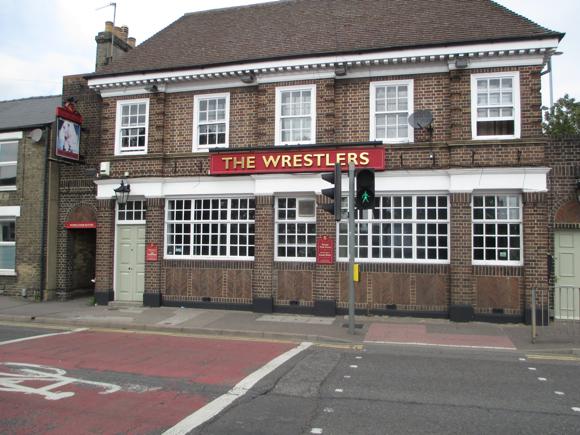
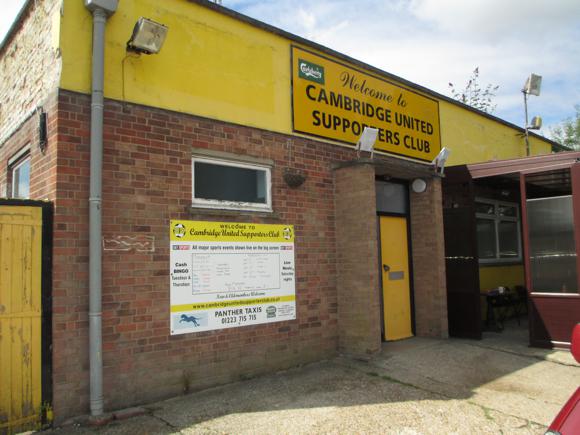



Home fans gather at the Corner House, a refurbished pub with a superior and TV football near the Travelodge on Newmarket Road, with occasional live music, too. An expanded outdoor area is popular on match days. Further along, slightly closer to the ground, The Wrestlers has also been spiffed up, offering cask ales and Thai food.
In each case, a sensible away fan not in colours should get served.
At the ground, the Supporters’ Club, just past the club shop/ticket office behind the Newmarket Road End, usually caters to visiting supporters, too, for a £2 admission fee. Home fans take priority if it’s full, although they can also use Marvin’s beer garden behind the Main Stand. The fan zone behind the South Stand welcomes both sets of supporters when in operation for certain fixtures.







